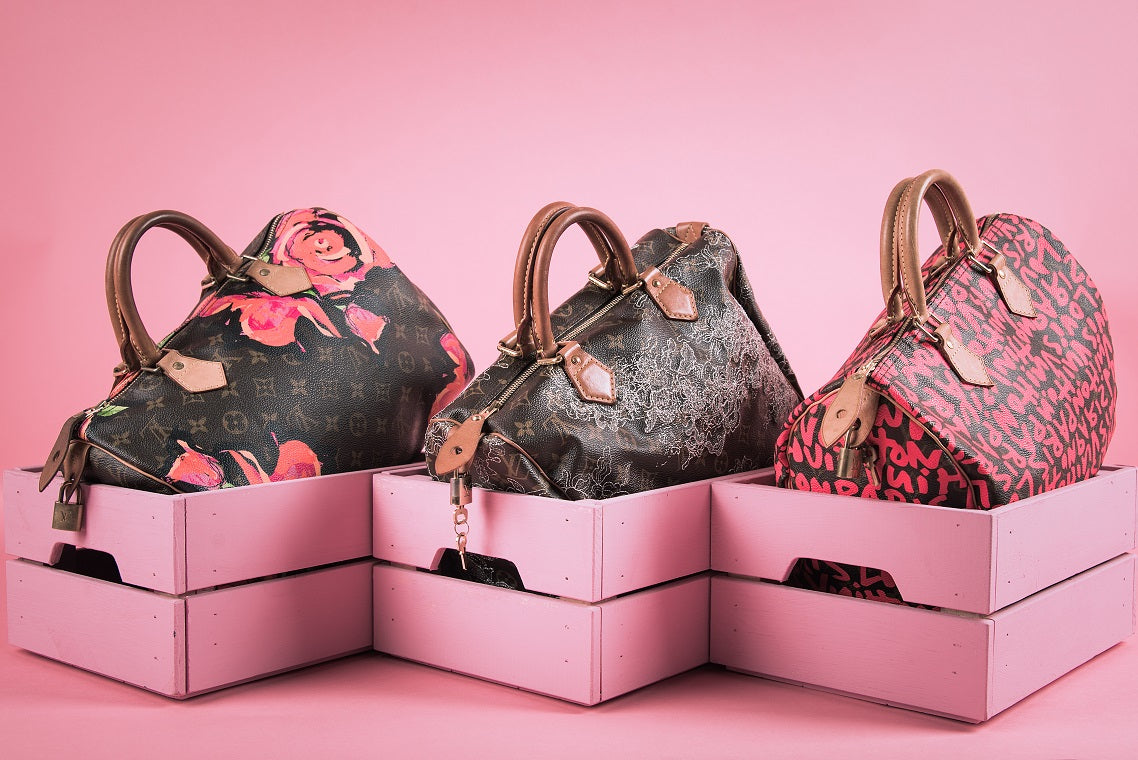
Once upon a time in the world of fashion, a unique and lasting pattern appeared called houndstooth. It has covered many people with its captivating checks, becoming a mark of style without saying a word. But what is the story behind this pattern? How did it start, and why do we still love having it in our clothes and homes today? Let’s find out.
What is Houndstooth Pattern?

At its core, the houndstooth pattern consists of dueling checks that create a repeating geometric pattern. It originally appeared in the woven wool cloths of Scotland in the 1800s, showcasing broken checks or jagged edges that somehow resemble the back teeth of a dog. Hence, the houndstooth name goes far beyond just a fancy title – it literally describes the pattern's resemblance to the pointed teeth of a hound.
Why is it Called Houndstooth?
The pattern owes its name to its peculiar and distinctive shape, which mimics the jagged edges of a hound’s teeth. Unlike the straight lines of a check or plaid, houndstooth dances with pointed shapes and a duo-tone palette, usually in black and white. This unique characteristic has made it stand out in the vast ocean of patterns and secured its spot in the fashion and design world.
A Touch of History

Tracing back to its roots, houndstooth was not a by-product of modern fashion innovation.
Despite its complexity, the houndstooth pattern is one of the oldest designs in human history. Believed to have originated before the start of our era, the early version of houndstooth, known as pied-de-poule, eventually made its way to Scotland. There, it evolved into the shepherd's check.
It was the brainchild of Scottish weavers who, in the 19th century, decided to put a twist on the traditional plaids. Little did they know, their creation would transcend centuries and cultures to become a staple in design.
The design was used for camouflage because it made the wearer blend into the environment, rendering them nearly invisible from a distance. The shepherd's check later evolved into the houndstooth pattern we know today. Interestingly, no Scottish clan ever claimed the pattern as their own; it remained a neutral print, used to adorn the clothing of hunters and the everyday person.
Who exactly invented houndstooth is not documented, but it’s clear that its origin is deeply woven into the fabric of Scottish heritage. Initially used for wool clothing and outerwear, it served both practical and stylistic purposes, offering warmth and style to its wearers.
How Houndstooth Pattern Risen to Popularity

Houndstooth was not content with merely warming the backs of shepherds and country folk; it had higher aspirations. With time, it began to catch the eye of high society and fashion designers, who saw its potential to become a symbol of elegance and class. By the 20th century, houndstooth catapulted into the limelight, adorning everything from the runway models of haute couture to the seats of luxury cars.
Everything changed in the 20th century when the fashion world realized the endless possibilities of the print. Coco Chanel led the way (as she did with many other fashion trends). In the 1920s, Gabrielle Chanel started designing elegant suits featuring this sophisticated pattern. She confessed her love for the pied-de-poule print, and to this day, it remains a signature of the Chanel brand. However, neither Coco Chanel nor her successors could claim exclusive rights to the "houndstooth" pattern.
The pattern's turning point in fashion came in the 1950s and 1960s when it was embraced by Christian Dior in his New Look style, who incorporated houndstooth into his women’s line.
Over time, this design found its way into the collections of Elsa Schiaparelli, Hubert de Givenchy, and many other modern fashion designers. Nowadays, the houndstooth pattern can pop up in almost any brand's show (it's even been a part of Louis Vuitton patterns), but it's mostly associated with Chanel and Dior collections.

image: louisvuitton.com
Yet, it was Princess Diana who really catapulted the houndstooth pattern to iconic status. Lady Di's closet was full of houndstooth dresses, coats, jackets, pants, and even accessories. During the 80s and 90s, her subtle influence made the houndstooth pattern synonymous with elegant style. Today, the print remains a timeless classic.
Is Houndstooth Still in Style?

The simple answer is yes. Houndstooth has never really left the fashion scene. Its enduring presence in both menswear and womenswear, as well as in home decor, speaks volumes of its versatility and timeless charm. Designers continuously reinvent and reintegrate houndstooth into modern collections, playing with colors, scale, and textures to breathe new life into this historical pattern.
From Fabric to Fashion Icon
The houndstooth pattern has come a long way from the Scottish lowlands to the fashion world. It shows how something can change and fit in new places. It began as a simple pattern for practical work clothes and later became a favorite on fancy catwalks and in designer collections. It shows that fashion can come from anywhere. Houndstooth's real strength is that it can keep changing but still hold on to its past.
Nowadays, you can find houndstooth on all kinds of clothes, accessories, and even in home decor, showing that a good design can last a really long time. Whether it keeps its classic black and white look or mixes in new colors, houndstooth stays popular. It's stylish, but not too fancy, and it's interesting without being too complicated.
In Conclusion
Ending our journey through the world of houndstooth, it's easy to see why this pattern keeps winning over people's love and space in their closets. It's more than just a style; it's about who we are, pushing boundaries, and the lasting power of great design. Houndstooth isn't just a passing fad; it's a classic that keeps getting new life, securing its spot in the future of style and design.
Like the houndstooth pattern itself, its story is rich with history, culture, and personal touch. From the hills of Scotland to the bustling fashion cities of today, houndstooth stays a favorite symbol of fashion. It shows us that some stories don’t end; they simply change, waiting for new generations to find and love them.








